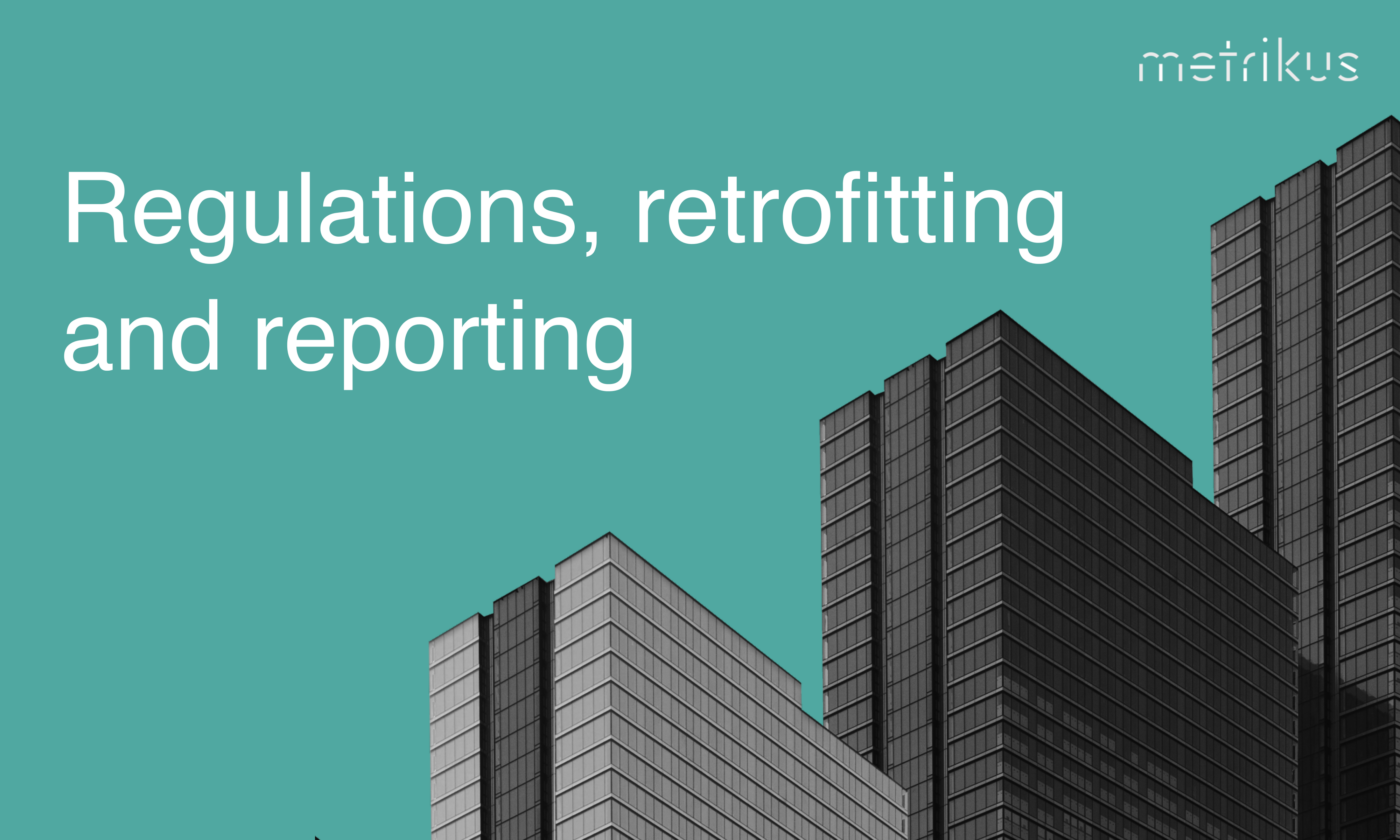We’re at a critical moment in the race to control greenhouse gas emissions.
As the consequences of climate change become increasingly apparent and we face the first global energy crisis in nearly 50 years, sustainability is at the top of the agenda for everyone, everywhere.
With more than 60% of cities’ carbon emissions coming from buildings, a concerted effort to decarbonize real estate is needed immediately.
New York’s Climate Act mandates 100% zero-emissions electricity by 2040 and economy-wide carbon neutrality by 2050. This means that billions of square feet of buildings in New York only have 28 years to become highly efficient spaces powered by renewables.
But what will it take to achieve net zero in an industry with one of the highest carbon footprints? In this article, we explore three ‘Rs’ that have a huge role to play in helping us decarbonize New York City – regulations, retrofitting and reporting.
Regulations: setting the right standard
80% of business leaders think that more regulation is needed to deliver net zero, and for good reason. Legislation has a pivotal role to play in turning words into action in the historically lagging real estate industry.
In many ways, New York is already ahead of the game, with the most ambitious carbon emissions building law in the world – Local Law 97 (LL97). LL97 came into effect in November 2019, placing carbon caps on all buildings over 25,000 square feet. From 2024, building owners have to comply with new greenhouse emissions limits, or face a fine.
Michael Grant, COO at building efficiency software, Metrikus, explains how he is seeing LL97 increase urgency amongst landlords:
“Back in 2019, complying with LL97 might have seemed like a distant task that could be dealt with in the future. But now, with just 16 months until the first deadline, I’ve noticed that landlords are suddenly on high alert. Delaying compliance is a dangerous and costly game, with the threat of hefty fines that could reach millions of dollars a year. The sooner building owners understand where energy is being wasted and start implementing more efficient practices, the lower their costs will be.”
So with deadlines looming, how can landlords prepare? In one word: retrofitting.
Retrofitting: bringing buildings into the future
Most buildings that exist today were designed for the past that they were built in. They need new technologies and upgrades to existing systems to prepare them for a net zero future.
Metrikus’ BMS expert, James Palmer, highlights that the way most buildings are currently controlled is fundamentally flawed.
“Buildings have traditionally been controlled assuming maximum occupancy and a fixed set of calendars and timers. For example, HVAC systems are set to maximum provision throughout an entire office from 8am to 6pm.”
With the rise of flexible working, Palmer questions why buildings haven’t caught up to our changing ways of working. “If we know that offices aren’t fully occupied at all times, why are ventilation fans running at 100% all week? Surely buildings should be smart enough to respond to how they’re being used?”
The same goes for lighting – you only need to look out of the window to see unoccupied buildings lit up unnecessarily. Why are buildings using energy when they are completely empty?
The fact is: buildings can be smart enough to respond to real usage, but most don’t have the right software to facilitate this.
Retrofitting doesn’t need to be costly or complicated. It all comes down to gathering, accessing and analyzing the right data, from occupancy levels, to indoor air quality, to information from a Building Management System (BMS).
Once building data from a range of sources is combined in one place, it can be leveraged for insights and predictions to drive efficiency. This is exactly how the Metrikus platform has helped companies like Accenture to make their offices more sustainable.
Reporting: getting to grips with the data
Reporting doesn’t just mean conducting a one-off annual report for compliance. The most effective way to reduce emissions is to implement real-time monitoring and consistent reporting so that you can constantly track and improve a portfolio’s usage.
The first step is to calculate a building’s baseline emissions to identify the biggest areas for improvement. The second is to set targets and create a plan with ambitious but attainable targets.
From there on in, a software platform like Metrikus can do all the hard work for you, providing weekly reports and making automatic changes to drive efficiency.
Grant explains, “You can’t manage what you don’t measure. Once you start accessing data about your building, you’ll be surprised how easy it is to make significant reductions to your emissions.”
As net zero targets draw closer and closer, building owners need to start monitoring and reporting on carbon emissions sooner rather than later.
New York City can lead the way on decarbonization
Real estate players who ignore net zero are putting the planet – as well as their own capital – at risk.
By focusing on regulations, retrofitting and reporting, New York City can lead the way on decarbonizing buildings for a low carbon future.
Want to reduce your building’s emissions? Contact Metrikus to bring your building into the future.
